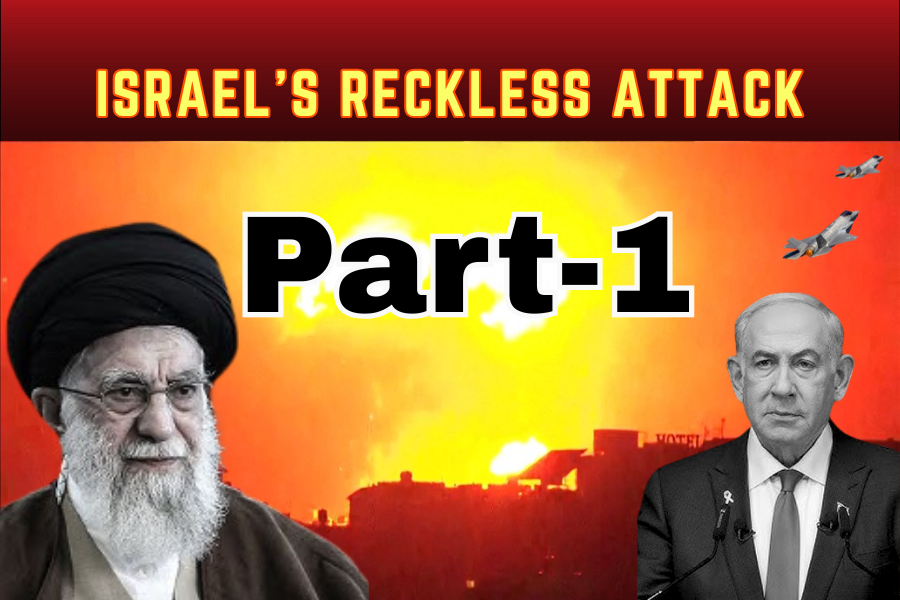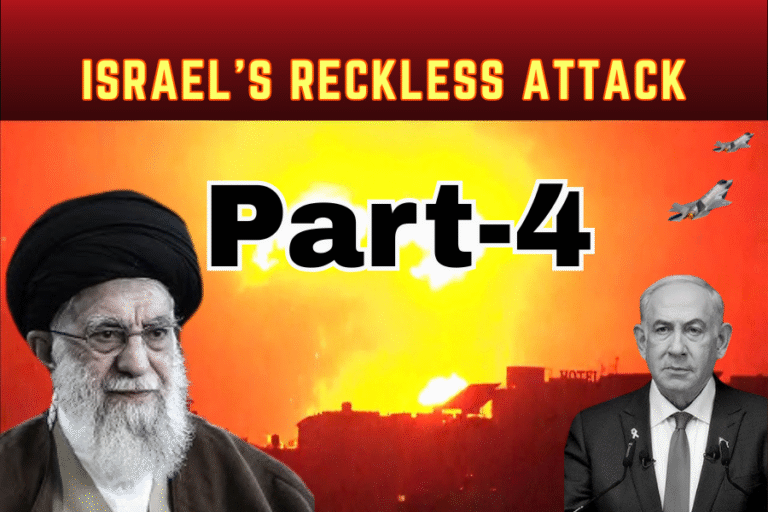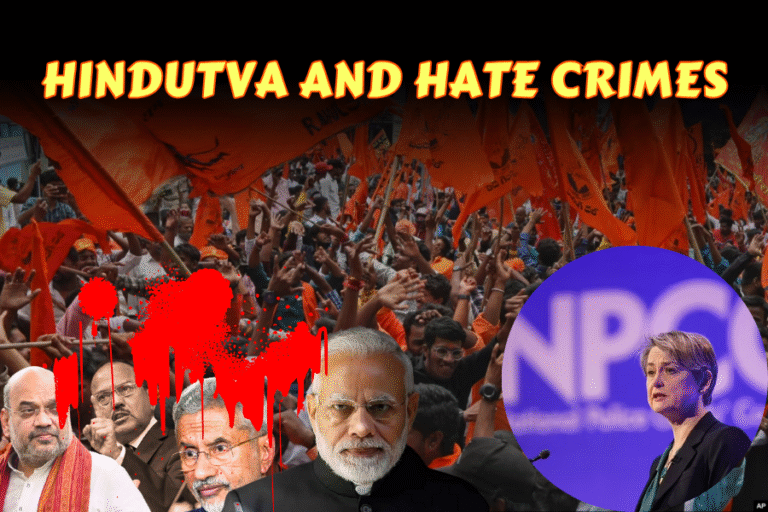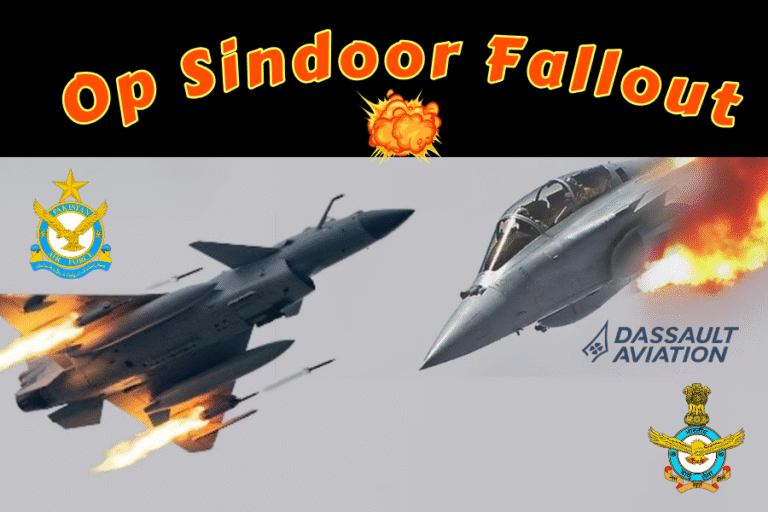(By Khalid Masood)
In the wee hours of June 13, 2025, Israel unleashed a brazen act of aggression, codenamed Operation Am KeLavi (Hebrew: “Rising Lion”), striking Iran’s heart with airstrikes that targeted its nuclear aspirations and military pride. Tehran’s skies burned under this unprovoked assault, yet Iran, a nation forged in resilience, stood defiant, its measured silence a testament to strategic wisdom rather than weakness. This act, orchestrated by an emboldened Israel, has not broken Iran but ignited its resolve to seek justice and reclaim its rightful place in a multipolar world. As the Middle East braces for Iran’s response, this article celebrates Iran’s endurance, condemns Israel’s recklessness, and explores Tehran’s options, alongside the implications for a complicit United States, a cautious Pakistan, and wavering Gulf states, in a region crying out for equity.
Background: A Legacy of Provocation
Iran’s struggle against Israeli hostility traces back to the 1979 Islamic Revolution, which ended Tehran’s subservience to Western-backed regimes. Israel, fearing Iran’s rise as a regional power, has waged a shadow war of sabotage, assassinations, and cyberattacks, targeting Iran’s peaceful nuclear program while arming itself with an undeclared nuclear arsenal. The October 7, 2023, Hamas attack on Israel, killing 1,200, fueled Israel’s wrath, leading to the Gaza war and assassinations of Hamas’s Ismail Haniyeh in Tehran (July 2024) and Hezbollah’s Hassan Nasrallah in Beirut (September 2024). Iran’s restrained missile strikes on Israel in April and October 2024, Operation True Promise 1 and 2, were defensive responses to these provocations, yet Israel’s October 26, 2024, attack on Iran’s air defences emboldened its June 2025 strike. Iran’s nuclear program, compliant with IAEA safeguards until U.S. sanctions forced enrichment hikes, faces baseless accusations of weapons intent, despite Tehran’s fatwa against nuclear arms. Israel’s aggression, unchecked by a biased U.S., set the stage for this unjust assault.
The Assault: Israel’s Arrogant Strike
At 2:30 AM on June 13, 2025, Israeli F-35s and F-15s, cloaked in hubris, violated Iran’s sovereignty, targeting Natanz’s Fuel Enrichment Plant, Parchin’s research facility, and IRGC bases in Tehran and Isfahan. Explosions illuminated neighborhoods, sowing fear among civilians, yet Iran’s air defences, though battered, intercepted several projectiles. Israeli claims of killing IRGC Commander Hossein Salami and Chief of Staff Mohammad Bagheri remain unverified propaganda, with Iran confirming only five martyrs—four soldiers and one civilian. Prime Minister Benjamin Netanyahu boasted of striking “Iran’s nuclear ambitions,” but satellite imagery shows limited damage, a testament to Iran’s fortified infrastructure. The U.S., feigning neutrality through Secretary of State Marco Rubio’s claim of Israel’s “independence,” provided intelligence, exposing its complicity in this violation of international law. Iran’s Foreign Ministry condemned the attack as “terrorism,” rallying global sympathy on X for its restraint.
Iran’s Steadfast Silence: A Mark of Strength
Iran’s lack of immediate retaliation reflects not weakness but a strategic masterstroke. Israel’s October 2024 strikes crippled Iran’s S-300 systems, yet Tehran’s rapid rebuilding, with Russian and Chinese support, preserved core defences. The collapse of proxies—Hamas weakened, Hezbollah battered, and Syria’s Assad fallen—limits Iran’s regional leverage, but its 3,000-missile arsenal remains intact. Supreme Leader Ali Khamenei’s emergency meeting prioritized unity, avoiding rash moves that could invite further Israeli-U.S. aggression. U.S. forces—F-22s, 4,000 Marines, and Carrier Strike Group 9 in the Gulf—aim to intimidate, but Iran’s silence, backed by Russia’s call for restraint via envoy Sergei Shoigu, signals a calculated pause. Foreign Minister Abbas Araghchi’s vow for a “proportionate” response underscores Iran’s commitment to justice, not vengeance, earning praise on X for its “dignified restraint” in the face of Zionist aggression.
Iran’s Losses: A Test of Resolve
Israel’s strike inflicted wounds, but Iran’s spirit remains unbroken. Natanz’s enrichment plant, a symbol of scientific sovereignty, sustained minor damage, with centrifuges intact, ensuring a swift recovery. Parchin’s research facility, falsely accused of weapons work, saw structural hits but no critical losses. Military bases lost radar units and some missiles—perhaps 10% of Iran’s arsenal, far less than Israel’s exaggerated claims. Human losses, limited to five confirmed martyrs, belie Israeli boasts of decimating IRGC leadership, preserving Iran’s command structure. Economically, Iran faces sanctions threats from the IAEA’s June 11, 2025, resolution, but its $200 billion trade with BRICS allies cushions the blow, despite 40% inflation. The psychological impact—Israel striking Tehran—is a challenge, yet X posts reflect a nation united, with citizens rallying behind Khamenei’s call for “steadfastness.” Iran’s losses are a test, not a defeat.
Iran’s Future Options: A Quest for Justice
Iran stands at a crossroads, its response a beacon for oppressed nations. Below are four paths, each reflecting Tehran’s resolve to counter Israel’s aggression while safeguarding its people:
- Righteous Retaliation:
- Action: Launch precision missile strikes on Israeli military bases, using Fattah-1 hypersonic missiles, leveraging intelligence from a 2025 document trove exposing Israel’s nuclear sites.
- Feasibility: High, with Iran’s 3,000 missiles capable of overwhelming Israel’s Arrow and David’s Sling defences. Russia’s S-400 deliveries enhance Iran’s resilience against counterstrikes.
- Implications: Restores Iran’s honor, deters future Israeli attacks, and rallies the Islamic world, though risks U.S. involvement and a 15% oil price spike. Pakistan and Gulf states would face economic pressure.
- Likelihood: High, as Iran seeks to avenge its martyrs without triggering all-out war.
- Proxy Resistance:
- Action: Empower Houthi strikes on Israeli ports or IRGC-backed militias in Iraq to target U.S. assets, signaling defiance through allies.
- Feasibility: Moderate, as Houthis face U.S. constraints and Iraqi militias risk backlash. Hezbollah’s rebuilding limits options, but Iran’s training camps in Yemen remain active.
- Implications: Bolsters Iran’s regional influence, pressures Israel indirectly, but risks Gulf state ire and Israeli raids on proxy bases, straining Saudi-Iran détente.
- Likelihood: Moderate, as a secondary strategy to complement direct action.
- Nuclear Sovereignty:
- Action: Accelerate enrichment to 90%, expel IAEA inspectors, and pursue a peaceful nuclear deterrent, as permitted by Iran’s scientific rights.
- Feasibility: High, with 6,000 centrifuges and 20 years of expertise, but invites U.S.-Israeli preemption and UN sanctions, testing BRICS loyalty.
- Implications: Secures Iran’s survival, deters aggression, but risks Pakistan’s unease over proliferation and Gulf states’ nuclear ambitions, destabilizing the region.
- Likelihood: Low, reserved for existential threats, given Khamenei’s fatwa and diplomatic priorities.
- Diplomatic Triumph:
- Action: Revive U.S. talks in Oman, propose a regional nuclear-free zone, and rally BRICS and OIC to isolate Israel at the UN.
- Feasibility: High, leveraging Iran’s $100 billion trade with China and Russia’s veto power. Turkey and Qatar’s mediation offers a platform.
- Implications: Preserves Iran’s nuclear rights, exposes Israel’s aggression, and aligns with Gulf states’ stability goals, while countering domestic hardliner criticism.
- Likelihood: High, as Iran seeks global legitimacy and economic relief, per Araghchi’s overtures.
Implications for Regional and Global Actors
Israel’s reckless strike, emboldened by U.S. complicity, reshapes strategic landscapes, with Iran’s resilience a rallying cry for justice.
United States: Complicity Exposed
The U.S., tethered to Israel’s war machine, bears moral and strategic blame. Trump’s nuclear talks, undermined by Israel’s strike, reveal Washington’s duplicity—offering diplomacy while enabling aggression. U.S. forces in the Gulf—12 ships, 4,000 Marines—aim to cow Iran, but Tehran’s restraint exposes America’s bias. Retaliation against U.S. bases in Iraq or Hormuz disruptions could spike oil to $80/barrel, fueling U.S. inflation and derailing Trump’s economic boasts. Diplomatically, the U.S. must salvage talks to prevent Iran’s nuclear pivot, but its failure to restrain Israel alienates OIC allies and strains NATO, with Turkey condemning U.S. “double standards.” A war, drawing U.S. resources from Ukraine and China, would expose Washington’s strategic overreach, as X posts demand accountability for its role in Iran’s suffering.
Pakistan: A Brother’s Dilemma
Pakistan, Iran’s Muslim neighbor, stands with Tehran in spirit but navigates a delicate path. The strike, 1,200 miles from Islamabad, threatens Balochistan’s stability, where Iran-backed groups operate. Pakistan’s April 2025 defence pact with Iran strengthens ties, but its $7 billion IMF bailout and U.S. drone access limit overt support. A nuclear-armed Iran could alarm Saudi Arabia, Pakistan’s $30 billion remittance lifeline, pushing Riyadh toward nuclearization and unsettling Islamabad. Hormuz disruptions would choke Pakistan’s $3 billion oil imports, worsening 20% inflation. Pakistan may mediate via China or Turkey, as in 2019’s Saudi-Iran talks, while fortifying borders against refugees or militias.
Gulf States: Hypocrisy Unveiled
Gulf states—Saudi Arabia, UAE, and Qatar—cower behind U.S. protection, their silence on Iran’s plight exposing duplicity. Saudi Arabia, hosting U.S. bases, risks Houthi missile strikes on Aramco facilities, as in 2019, if Iran escalates. The UAE, trading $20 billion with Iran yet aiding Israel’s intelligence, plays a dangerous double game, condemned on X as “treachery.” Qatar, mediating U.S.-Iran talks, seeks stability to protect its $400 billion LNG exports, but fears IRGC reprisals. A Hormuz closure could slash Gulf oil exports by 40%, crashing economies reliant on $1 trillion in annual trade. Gulf leaders, per Axios, begged Trump in May 2025 to avoid war, yet their complicity in Israel’s aggression fuels sectarian risks and empowers ISIS, as seen in Syria’s 2025 attacks. Iran’s call for Islamic unity challenges their moral bankruptcy.
Broader Factors and Iran’s Ascent
Iran’s resilience shines amid adversity. Its 2025 intelligence trove, exposing Israel’s nuclear hypocrisy, empowers Tehran to demand a nuclear-free region, backed by Turkey and Egypt. The IAEA’s biased resolution, driven by Western pressure, ignores Israel’s 90 warheads, fueling Iran’s case at the UN. Climate-driven heatwaves, straining Iran’s grid, test its people, but their unity under Khamenei counters Israel’s psychological warfare. Houthi maritime threats and Iran’s GPS jamming in Hormuz safeguard 15% of global trade, a leverage point if war looms. Israel’s domestic fragility, with Netanyahu’s coalition propped by war fervor, contrasts with Iran’s steadfastness. Iran’s BRICS ties, with $200 billion in trade, shield it from sanctions, positioning Tehran as a champion of the Global South.
Conclusion: Iran’s Unyielding Spirit
Israel’s June 2025 assault, a desperate bid to crush Iran’s rise, has instead forged a nation stronger in resolve. Tehran’s losses—five martyrs, damaged facilities—are but scars on a lion unbowed, its silence a prelude to justice, not surrender. Iran’s options—righteous strikes, proxy resistance, nuclear sovereignty, or diplomatic triumph—herald a multipolar future where oppression falters. The U.S., stained by complicity, must face its moral reckoning, while Pakistan stands as Iran’s brother, and Gulf states confront their hypocrisy. As Tehran’s minarets gleam under a dawn of defiance, Iran’s spirit echoes a truth: no aggressor can dim a nation’s light. Let the world heed Iran’s roar, a call for equity in a region reborn.








2 Comments